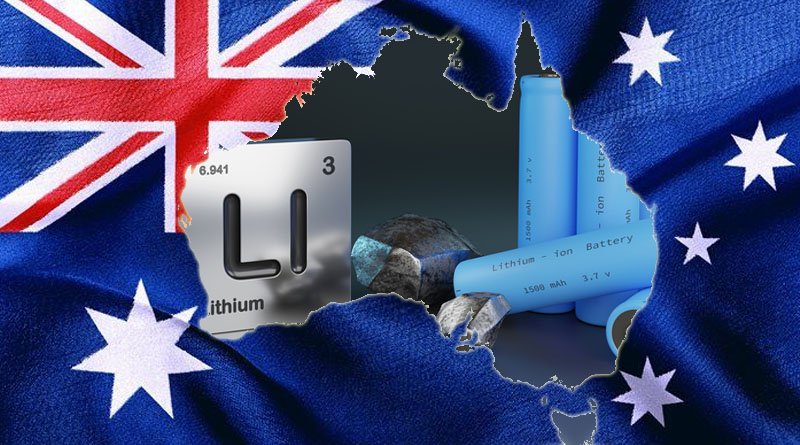As the transition to clean energy quickens, demand for lithium, a crucial component in lithium-ion batteries, has soared in the last three years.

A global supply chain made up of mineral extraction, production, and processing, battery-cell manufacturing, and battery-pack assembly is necessary for the production of lithium battery.
An intricate web of businesses, people, activities, information, and resources makes up this supply chain. The Paris Agreement’s decarbonization goals cannot be met without the use of clean energy technologies. Lithium, nickel, cobalt, graphite, copper, and rare earth elements are crucial minerals needed to make clean energy products like solar panels, wind turbines, and electric vehicle batteries (EVs).
As the transition to clean energy quickens, demand for lithium, a crucial component in lithium-ion batteries, has soared in the last three years. Although plentiful, lithium is unrenewable and distributed unevenly. And lithium appears destined to be at the centre of geopolitical tensions over the control of essential resources until an alternative material for or method of powering batteries becomes available.
The most important minerals used in lithium batteries are processed in more than 80% of the world’s top three producers. With more than 50% of the global market share, China controls nearly all mineral processing, with the exception of nickel and copper, which it holds 35% and 40% of, respectively.
Industries that rely on technology are dependent on relationships between nations with various resources. This works well during times of geopolitical harmony and stability, but due to the high processing concentration in the lithium battery supply chain, it is susceptible to disruption from armed conflict, pandemics, natural disasters, and geopolitical unrest.
The largest battery-grade lithium deposits are found in Australia, and exports of lithium have surged in value, ranking as Australia’s sixth most valuable commodity. Australia needs to think about how to make money off the boom and what part it can play in the race for lithium.
In this supply chain, Australia and China complement one another. Australia provides 46% of the world’s lithium chemicals, a large portion of which is sent to Chinese processing plants before being used by Chinese battery and electric vehicle manufacturers.
China produces 60% of the world’s lithium products and 75% of all lithium-ion batteries; these products are primarily used to power China’s rapidly expanding electric vehicle (EV) market, which makes up 60% of the global market.
For Australia and China, the degree of supply chain vulnerability is different. For downstream manufacturing, China depends on importing lithium chemicals from Australia, but it also has access to domestic resources and South American lithium.
However, if China turns to other sources, few nations will be able to absorb Australia’s supply due to China’s dominance in the lithium processing industry. The ability to quickly ramp up new production to meet escalating demand is constrained by the lengthy lead times required to construct lithium processing facilities.
Investment in capital, skilled labour, and an ecosystem with complementary suppliers of parts, tools, and services that are grouped together to reduce costs are all necessary for developing such capabilities.
The United States and the European Union are working to increase their lithium supply chain self-sufficiency out of concern about a potential disruption to battery supplies resulting from China’s dominance of production, placing national security above economic gains. China might risk losing access to the supply chain system that is dominated by the United States.
Ed Husic, Australian Industry and Science Minister, has suggested that Australia should move from a low-value-adding “digging it and shipping it” position to a higher value-adding position, including lithium chemical processing and battery manufacturing.
This is due to the appreciation of the Australian dollar, which has lowered the competitiveness of other exports, especially in manufacturing. In 2021, value-added in manufacturing dropped to less than 6 percent of Australia’s GDP, down from almost 14 percent in 1990.
Australia is entangled in the superpower competition between China and the United States over the control of lithium. Chinese EV and battery manufacturers want to invest in Australia’s lithium production, including technology and talent development, but the United States expects Australia to be on board with its offshoring of supply chains.
Without scale advantages, Australian-made products will fail to achieve global competitiveness. Australia must consider long-term industrial policies that enable the country to play a role in fighting against climate change.
Australia’s ability to overcome the “resources curse” and profit from the “Great Lithium Boom” will depend on how many different factors can be delicately balanced. I
t is the responsibility of politicians and policymakers to strike the right balance between issues of economic and national security, new and established stakeholders, and immediate and long-term needs. Instead of being a weapon in great power competition for supremacy, lithium should offer a route to a sustainable future.
